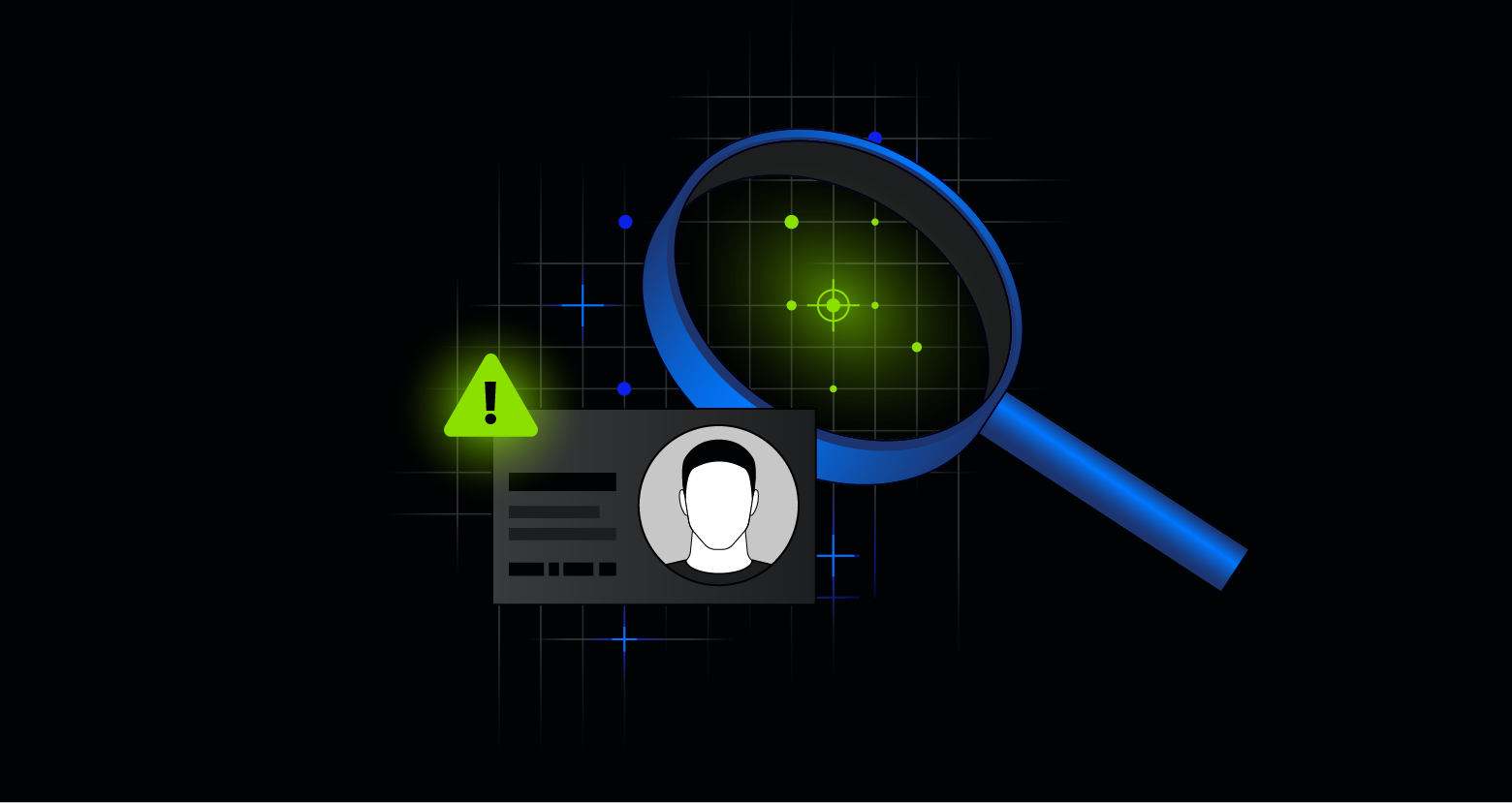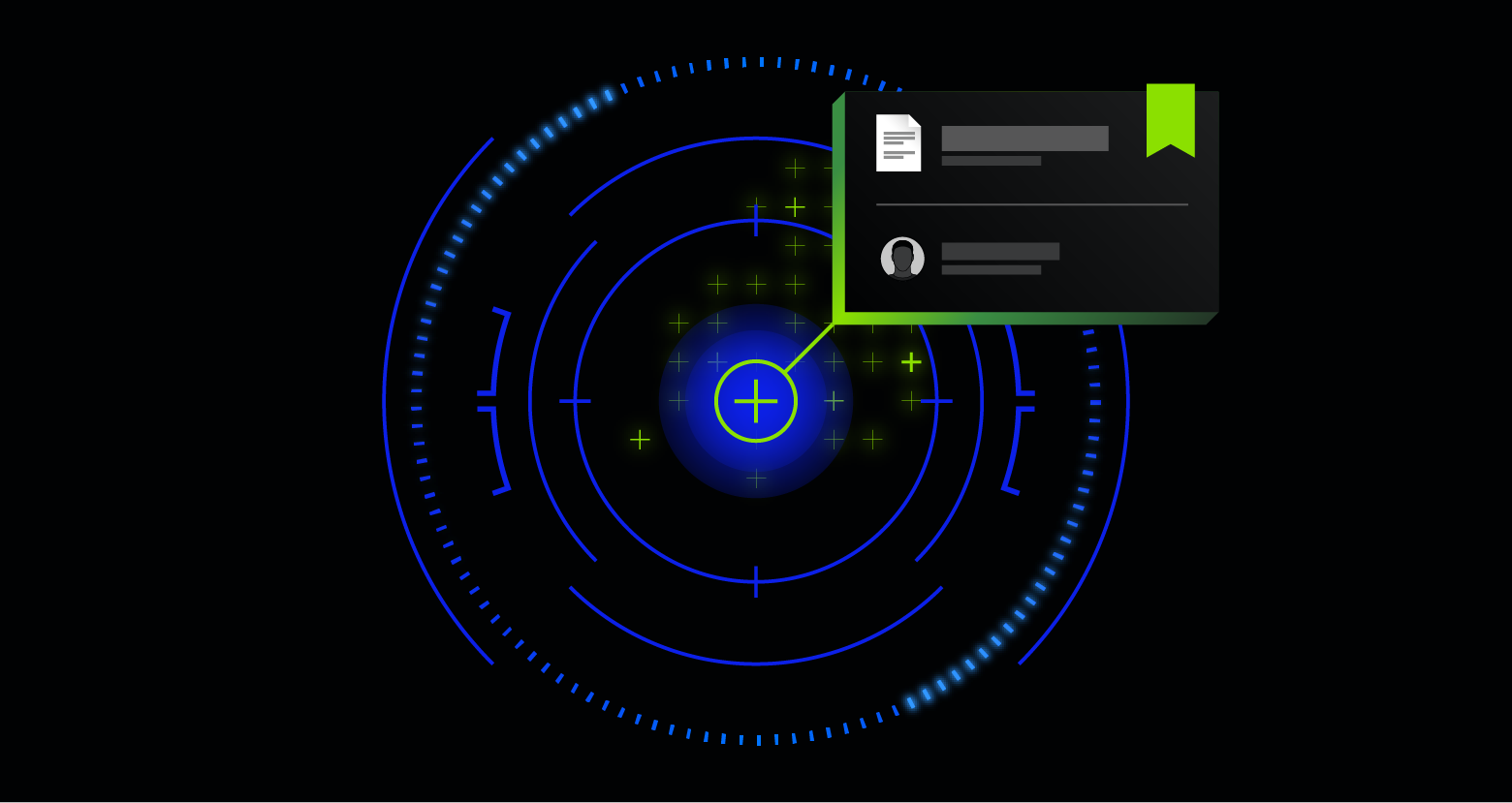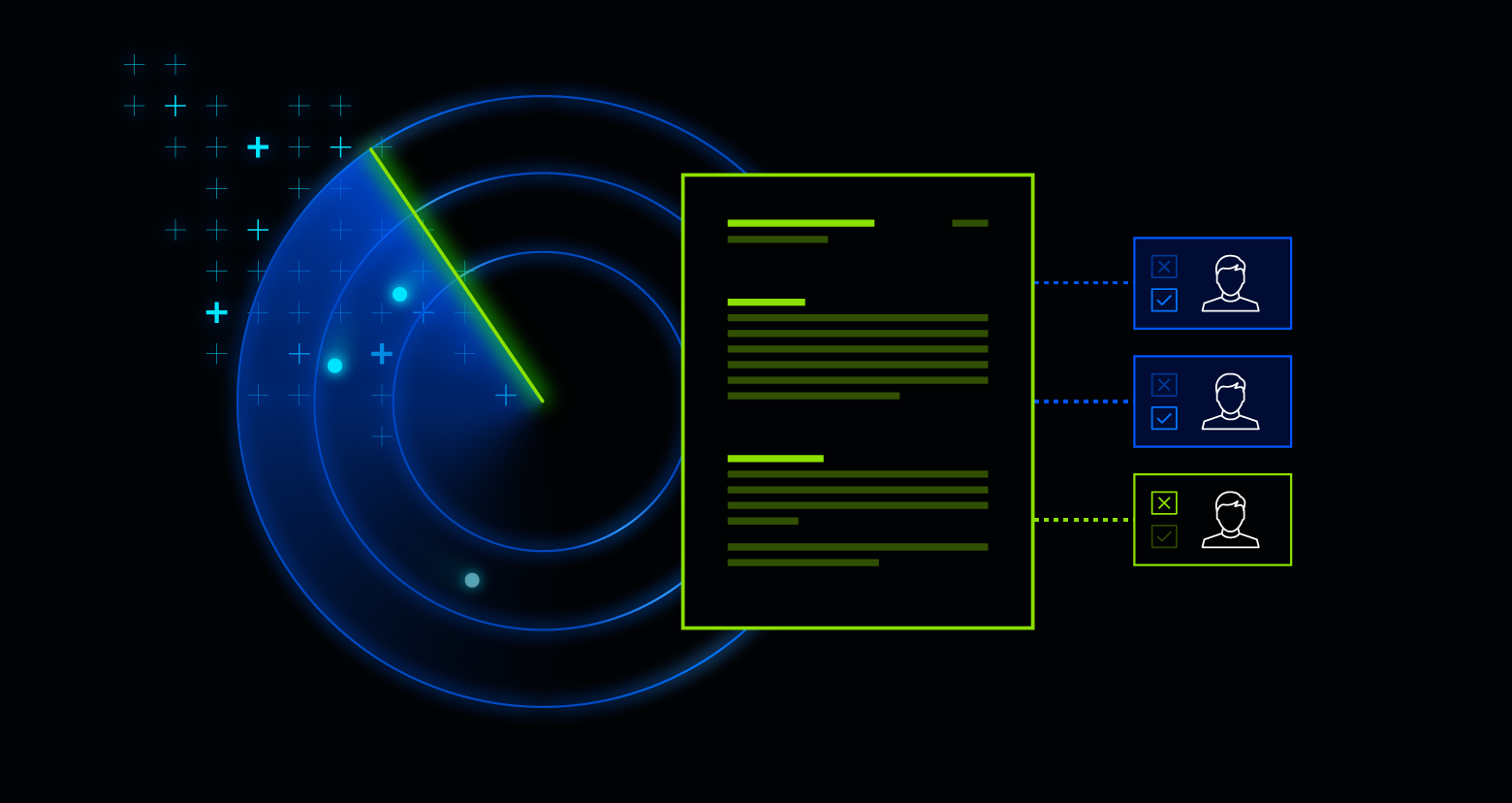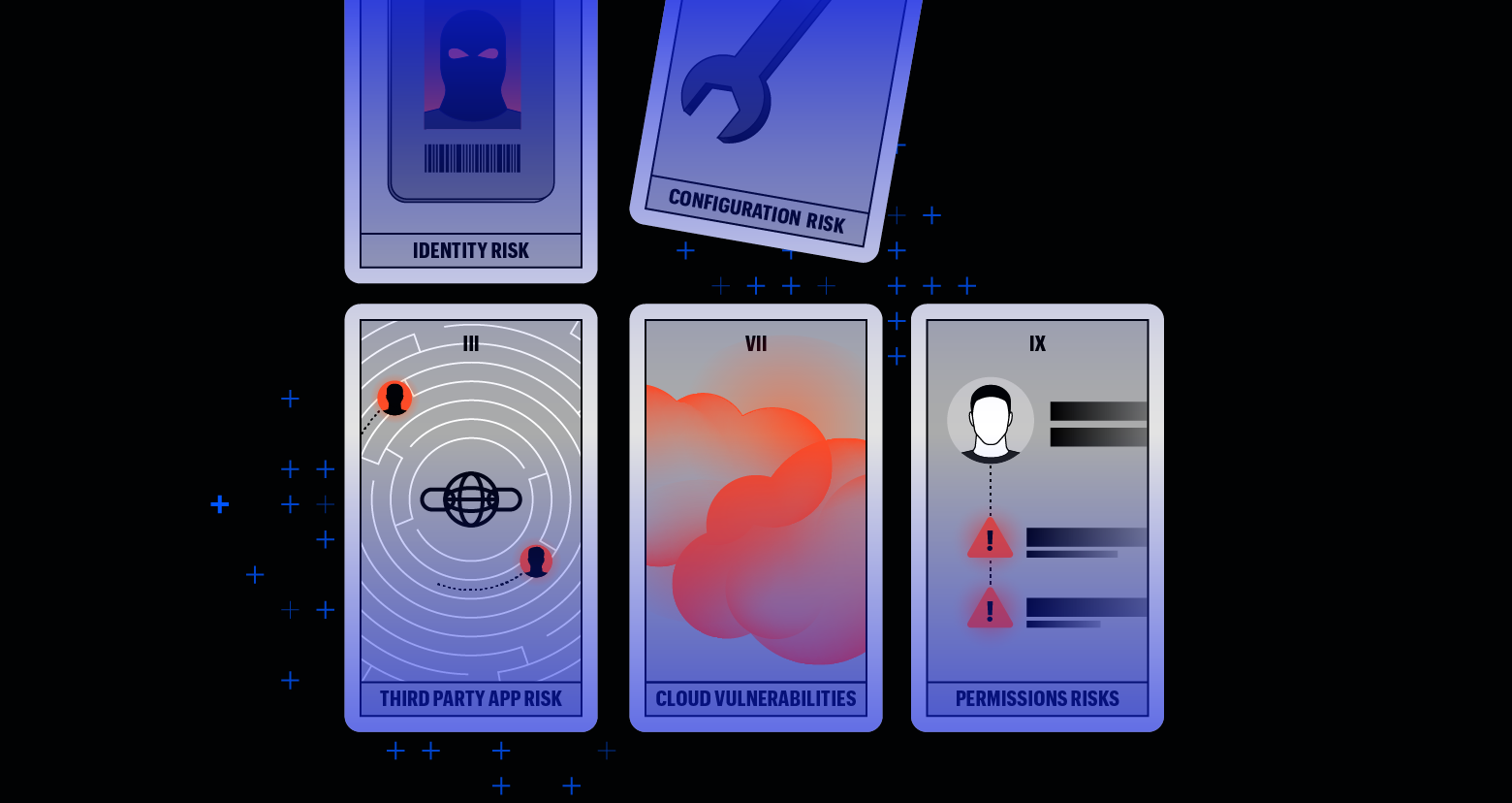Data security is a practice and methodology designed to prevent data breaches and protect sensitive information from malicious actors. Data security is also instrumental in complying with regulations such as HIPAA, GDPR, CCPA, NIST, and ITAR.
With increasingly complex data environments, these security techniques have evolved to protect data across multiple clouds, numerous files, dozens of business-critical applications, and more.
Similar to other cybersecurity practices – perimeter, application, and file security, to name a few — data security isn’t the be-all and end-all for keeping hackers at bay.
That said, it is one of the most critical practices for evaluating threats and reducing the risk associated with data breaches. Most organizations have endpoint security and firewalls but fail to protect the crown jewels — the data.
In a world where data is our most valuable asset, data security is essential. In this blog, we’ll explain data security and how it interacts with regulation and compliance, as well as provide tips for a holistic approach.
Why is data security important?
Data is everywhere, and what constitutes sensitive data for organizations today has greatly expanded. Security and privacy pros must align their concerns with actual breach causes, understand what types of data are being compromised, recognize post-breach effects and impact, and benchmark approaches to data security for their cybersecurity programs and privacy compliance.”
Forrester, The State of Data Security, 2024
Data security is critical to public and private sector organizations for a variety of reasons.
First, companies have a legal and moral obligation to protect user and customer data from falling into the wrong hands.
Regulations may also require organizations to take all reasonable measures to protect user data. Financial firms, for example, may be subject to the Payment Card Industry Data Security Standard.
Additionally, the expense associated with data breaches continues to rise. In 2024, the mean cost of a data breach equated to nearly $5 million due to factors like lost IP, reputational damage, and steep regulatory fines.
If a data breach occurs, organizations must spend time and money to assess and repair the damage and determine how the incident happened in the first place.
Main elements of data security
According to the CIA triad, data security has three core principles: confidentiality, integrity, and availability. These concepts form a model and framework for data security.
Here’s how each core element protects your sensitive data from unauthorized access and exfiltration.
- Confidentiality confirms that data is accessed only by authorized users with the proper credentials.
- Integrity verifies that data is reliable, accurate, and not subject to unwarranted changes.
- Availability ensures data is readily — and safely — accessible and available for ongoing business needs.
Data security regulations
Data security is a critical element of regulatory compliance, no matter the industry or sector in which your organization operates. Most — if not all — frameworks incorporate data security into their compliance requirements.
Some of the major regulations centered around data security include:
- General Data Protection Regulation (GDPR)
- California Consumer Protection Act (CCPA)
- Health Insurance Portability and Accountability Act (HIPAA)
- Sarbanes-Oxley (SOX)
- Payment Card Industry Data Security Standard (PCI DSS)
- International Standards Organization (ISO) 27001
Components of data security
Data security can be complex, and your approach should consider your data environment and regulatory concerns.
For example, data security posture management (DSPM) is particularly important for enterprises with lots of data in the cloud. Backup and recovery is particularly important for enterprises with on-premises data where data stores can become physically damaged.
Below are key aspects of data security that your organization should consider.
Authentication
Authentication refers specifically to accurately identifying users before they have access to data. This usually includes passwords, PINs, security tokens, swipe cards, or biometrics.
Backups and recovery
Backup and recovery refers to creating and storing copies of data to protect against loss in the event of system failure, disaster, data corruption, or breach. Backup data is often stored in a separate format, such as a physical disk, local network, or cloud, to recover if needed.
Data access governance (DAG)
Data access governance includes managing and controlling access to critical systems and data. This includes creating processes for approving and denying access to data and right-sizing permission to eliminate unnecessary exposure and comply with regulations.
Data classification
Data classification is the process of organizing information assets using categorization, taxonomy, or ontology. This can include file type, contents, and other metadata, such as whether the data is sensitive or subject to regulatory compliance.
Data discovery
Data discovery helps you understand the types of structured and unstructured data across your environment. This is often the first step to creating data security and management policies.
Data erasure
Data erasure uses software to overwrite information on a storage device, providing a more secure method than typical data wiping. It ensures the information is irretrievable and protects it from unauthorized access.
Data loss prevention (DLP)
Data loss prevention (DLP) protects information from theft or loss that could result in fines or decreased productivity. DLP solutions cover various techniques to protect data, including policy enforcement, posture control, data lifecycle, and data privacy.
Data masking
Data masking software hides information by obscuring letters and numbers with proxy characters. This effectively masks key information even if an unauthorized party gains access. The data returns to its original form only when authorized users receive it.
Data resiliency
Data resiliency ensures that power outages or natural disasters don't compromise the integrity of your data within your hardware and software.
Data security posture management (DSPM)
A DSPM framework identifies data exposure, vulnerabilities, and risks and enables organizations to remediate those issues to create a more secure data environment, particularly in cloud environments.
Data-centric threat detection
Data-centric threat detection refers to monitoring data to detect active threats, whether automatically or with dedicated threat detection and response teams.
User behavioral analytics can help build threat models and identify atypical behavior that signifies a potential attack.
Encryption
A computer algorithm transforms text characters into an unreadable format via encryption keys. Only authorized users with the proper corresponding keys can unlock and access the information. Encryption can be used for everything from files and a database to email communications.
Data security technologies
With those components in mind, let’s take a look at the market and the types of technologies that can help you secure your data.
The data security space includes a sprawl of offerings that can make it difficult to distinguish what is and isn’t a solid approach to data security. For many organizations, determining what solutions and capabilities they require and operationalizing them is one of the biggest challenges to effective data security.
Maintaining consistent data security is difficult because so many products provide siloed security controls, use proprietary data classification, act on specific repositories or processing steps, and do not integrate with each other. This restricts organizations’ ability to identify and deploy adequate, and consistent, data security controls while balancing the business need to access data throughout its life cycle.
Gartner, Hype Cycle for Data Security, 2023
In this section, we’ll highlight a selection of data security technologies recommended by leading analyst firms, such as Gartner and Forrester.
In some cases, these technologies map directly to data security components, like data access governance, which is both a component of data security and a capability offered by vendors. In some cases, however, a technology encapsulates a number of components of data security as is in the case of a Data Security Platform (DSP).
Data access governance (DAG)
Data access governance solutions assess, manage, and monitor who has access to which data in an organization. Ideally, the DAG solution provides an audit trail for access and permission activities. Managing access to data has become increasingly complex, particularly in cloud and hybrid environments.
Data classification
While closely related to data discovery, standalone data classification solutions categorize information by applying tags or labels for use in data governance and DLP efforts.
Data discovery
Data discovery solutions identify, analyze, and classify data to provide visibility into disparate sources of information, enhancing an organization’s ability to manage ever-expanding data repositories in cloud, hybrid, and on-premises environments. Data discovery also enhances compliance teams' understanding of policy adherence and sensitive information.
Data loss prevention (DLP)
DLP is a core component of data security. SaaS and IaaS cloud services often offer these solutions and help prevent inadvertently exposed or improper use of data.
Data security platform (DSP)
A DSP combines numerous critical data security capabilities — including data discovery, classification, data access governance, and DSPM — into one platform across data types, storage silos, and ecosystems. The comprehensive nature of DSPs significantly increases visibility and control over data, including detecting unusual behaviors that privacy-related approaches overlook.
Encryption and tokenization
Encryption and tokenization enforce consistent data access policies across structured and unstructured storage platforms and cloud and on-prem environments. These solutions help mitigate privacy and data residency requirements. Data residency refers to the physical location where data is stored, and data privacy regulations, like GDPR, require organizations to store data within the country or region where it was collected.
Identity management
Identity management includes managing identities, policies, and credentials like keys and certificates. It confirms the identity, trust, monitoring, and ownership of workloads and devices like services, applications, scripts, containers, mobile devices, and more.
Privacy management
Privacy management tools help organizations structure privacy processes and workflows. This is also closely associated with data governance, providing accountability for handling personal data and providing audit capabilities to help demonstrate compliance.
Best practices and tips for ensuring data security
Navigating data security in complex environments with numerous data sources, applications, and permissions can be challenging. However, as data breaches continue to rise and the cost soars into the millions, every organization needs to establish a data security strategy.
Here are four tips to consider in your approach to data security:
- Perimeter security is not enough.
Infrastructure and application security tools concentrate on preventing data from leaving the environment and not securing the data within. By focusing only on endpoint security, attacks like a threat actor finding an API key in an orphaned snapshot or an insider copying sensitive data to a personal account would be missed. Securing the data itself is the best way to prevent a data breach. - Understand your sensitive data.
The first step to securing your data is to understand what sensitive data you have, where it resides, and whether it is exposed or at risk. Start by thoroughly examining your data and the security posture of the environment in which it resides. This requires data discovery, classification, and a deep analysis of the data's sensitivity in context with permissions and activity. - Quickly remediate issues.
Attackers can rapidly exploit a flawed security rule change or exposed snapshot. Orgs need a quick way to resolve issues and right-size permissions — particularly in fast-moving cloud environments. Automated remediation improves your data security and removes the manual burden from your IT and security teams. - Don't neglect threat detection.
No matter how secure your data environment is, bad actors can and will find a way in. Ensure you can monitor data access, detect abnormal behavior, and stop threats in real time. For many organizations, is a good option for ensuring that an expert team continually watches for threats.
How Varonis helps with data security
Varonis takes a holistic approach to data security by combining traditionally separate capabilities such as data classification, data security posture management (DSPM), and threat detection into a single product.
The Varonis Unified Data Security Platform provides the capabilities necessary to secure data wherever it resides without needing to knit together disparate solutions.
Varonis connects to your data stores in real-time, discovers and classifies sensitive data, automatically removes exposures, and stops threats. Here’s how:
- Real-time visibility: Varonis provides a complete, real-time view of sensitive data, permissions, configurations, identity, and activity. Varonis scans multi-petabyte environments top-to-bottom and puts sensitivity in context with permissions and activity. Classifications are always current, and every change or addition is tracked to provide an up-to-date understanding of risk.
- Automated remediation: Eliminate risky permissions, misconfigurations, ghost users, sharing links, and more without manual effort. Varonis comes with ready-made remediation policies that you can personalize for your organization.
- Proactive threat detection and incident response: Varonis monitors data activity in real time, giving you a complete, searchable audit trail of events across your cloud and on-prem data. Hundreds of expert-built threat models automatically detect anomalies, alerting you to unusual file access activity, email send/receive actions, permissions changes, geo-hopping, and much more.
Varonis also offers Managed Data Detection and Response (MDDR), the industry's first managed service dedicated to stopping threats at the data level.
Data Security FAQs
Here are answers to frequently asked questions around data security. Don't see your question? Don't hesitate to contact our team.
Are there different types of data security?
Yes. While data security refers to the general practice of protecting sensitive information, data security is multi-faceted. Data discovery, encryption, data access governance, and threat detection are all key to a holistic data security strategy.
What is the role of data security?
Data security functions to prevent data breaches, reduce the risk of data exposure, and ensure compliance with regulations. Data security’s role within any organization is to provide safe and secure use of private information while minimizing exposure risk.
Why is data security important?
Without effective data security, organizations run the risk of a data breach, which can cost millions in lost IP, reputational damage, and incur steep regulatory fines.
What makes data security challenging?
The sheer volume of data across various environments and numerous potential attack vectors poses a challenge for organizations. Companies frequently find themselves without the right data security tools and insufficient resources to address and resolve vulnerabilities manually.
Does generative AI make data security more challenging?
Yes. Generative AI makes many of an organization’s vulnerabilities easier to exploit. For example, suppose a user has overly permissive data access and asks an AI copilot about sensitive information. In that case, the gen AI tool can easily surface sensitive data — even if the user didn’t realize they had access to it.
What is a good first step toward securing my data?
We recommend scheduling a Varonis Data Risk Assessment to determine what risks are prevalent in your environment. Our free assessment provides a risk-based view of the data that matters most and a clear path to automated remediation.
What should I do now?
Below are three ways you can continue your journey to reduce data risk at your company:
Schedule a demo with us to see Varonis in action. We'll personalize the session to your org's data security needs and answer any questions.
See a sample of our Data Risk Assessment and learn the risks that could be lingering in your environment. Varonis' DRA is completely free and offers a clear path to automated remediation.
Follow us on LinkedIn, YouTube, and X (Twitter) for bite-sized insights on all things data security, including DSPM, threat detection, AI security, and more.







